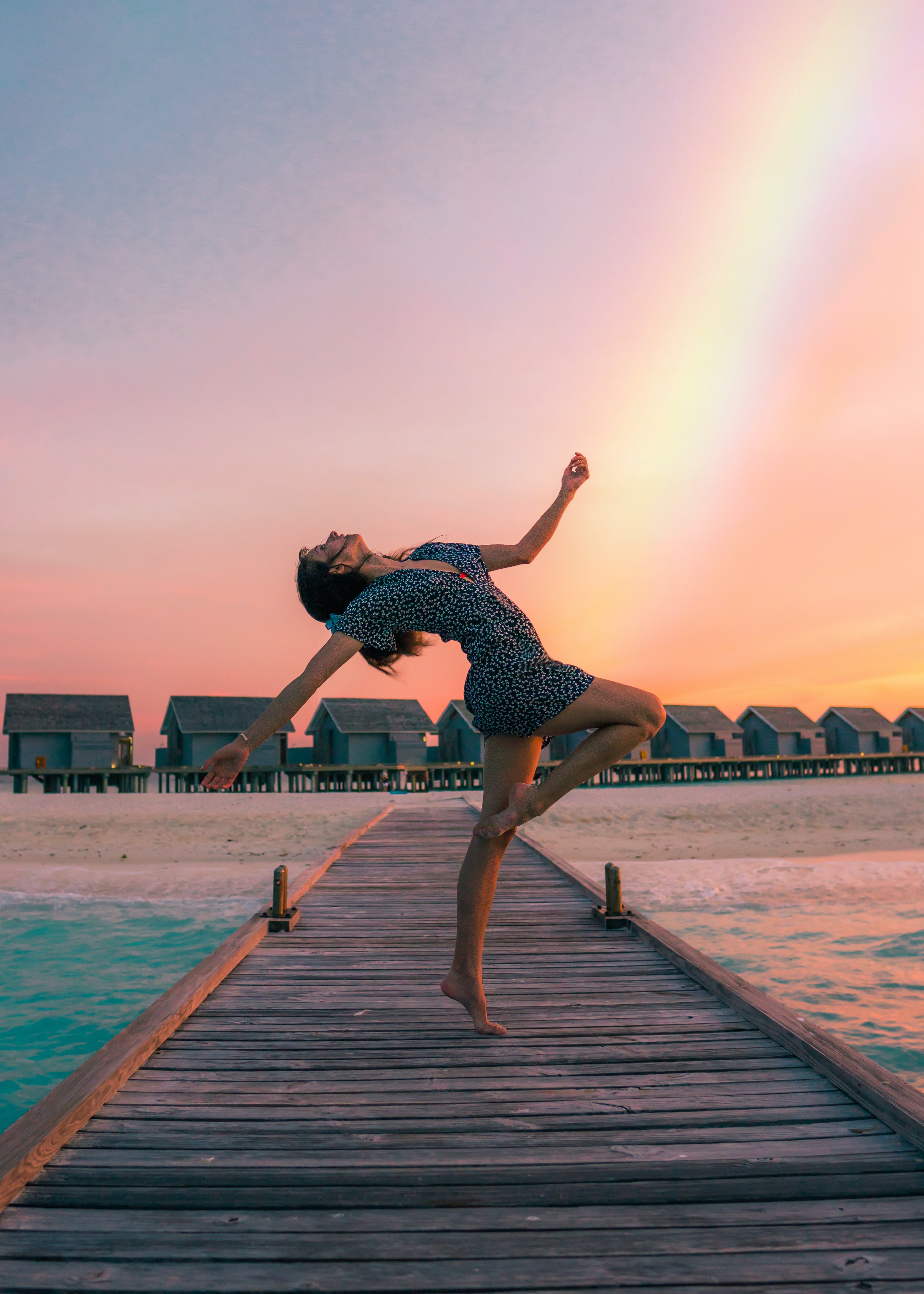
Strictly Come Dancing has been hailed for increasing the inclusivity and representation of the celebrities participating and making visible differently abled bodies and a spectrum of sexualities on Saturday night prime time TV. The inclusion of same-sex dance partners and disabled celebrities in more recent series has instigated national debates around gender, sexuality and disability and challenged societal norms about who can participate in dance as an art form more widely.
The recent AHRC funded project Strictly Inclusive: Co-creating the Past, Present and Future examined the impact of these debates on Strictly Come Dancing audiences, with the aim to measure societal shifts and perceptions on gender, sexuality and disability representation in dance showcased over 100 years of social change held in the BBC’s moving image archives.
An AHRC & BBC jointly commissioned Public Engagement Development Grant provided opportunities for a series of new co-created public engagement research projects to explore the BBC’s history and its future commitment to engaging and representing more diverse audiences. In Strictly Inclusive, lead researchers at Coventry University partnered with dance enthusiasts from D/deaf and LGBTQIA+ communities in the Midlands to investigate the public broadcaster’s history and relationship with televised dance.
Through two workshops, the team at C-DaRE (Centre for Dance Research), Coventry University, invited participants from Coventry Pride, the Deaf Cultural Centre and Deaf Explorer in Birmingham to source inclusive examples of dance that have addressed under-representation and challenged ableist conventions around dance participation across broadcast history. The participants were then invited to use the archive material as a catalyst to imagine what the future representations of Strictly could be, illustrated through the creation of innovative, non-verbal short gifs. Contained within the gifs, the participants forwarded new representations of what the participants wanted to see in the coming seasons of BBC’s Strictly, including dancers in wheelchairs, the increase of more deaf participants, BSL to be a requirement for every episode, same sex pairings and trios, more diverse dance styles, the invitation for professional dancers with disabilities to participate, and groups and not just couple pairings taking part.
A short film of the workshops, including participant responses and behind the scenes gif production can be viewed online.
Working with visual artists the Strictly Inclusive partners co-produced three moving image videos providing additional unique creative responses to the history and future of dance representation, building on from the discussion held in the workshops. In ‘distilled’, movement artist Sym Stellium and film & visual artist melissandre varin imagine a new space outside the controlled environments and history of broadcast television, channelling a performance of instinctive dance and movement.
Deaf dancer Billy Read combines sign language and demonstrates his own relationship to music through his natural heartbeat and vibrations from subwoofers in Dancing while Deaf: Finding my rhythm. And in UnBOXeD, Hiten Mistry calls upon his Bharata Natyam dance background, fusing Nritta (physical movement technique) and the gestural language of Hasta Mudras (Hand Gestures) to explore the restraint and release of dance, language and culture. All three creative responses and gifs from the project workshops can be viewed online.
While inclusive representation on Strictly has increased in recent years, it is clear from the research findings that more needs to be done for the show to be fully representative of communities UK wide. However, by working closely with the artists and Coventry Pride, the Deaf Cultural Centre and Deaf Explorer, C-DaRE demonstrated the flexible and inclusive nature of cross-sector partnership, and the benefits it brings when collaborating with community groups. Strictly Inclusive highlights how the BBC can engage new audiences through new inclusive production values and policies, while also drawing attention to the way televised dance from the present day can shape public opinion on who ‘can’ participant in dance as an art form today.
For more information of other AHRC co-created case studies please read our By All, For All: The Power of Partnership report or view our captioned video presentation of the research findings.
Brought to you by


